Can I Use 2 Bookshelf Speakers as a Center Channel?
Can I Use 2 bookshelf Speakers as a Center Channel?
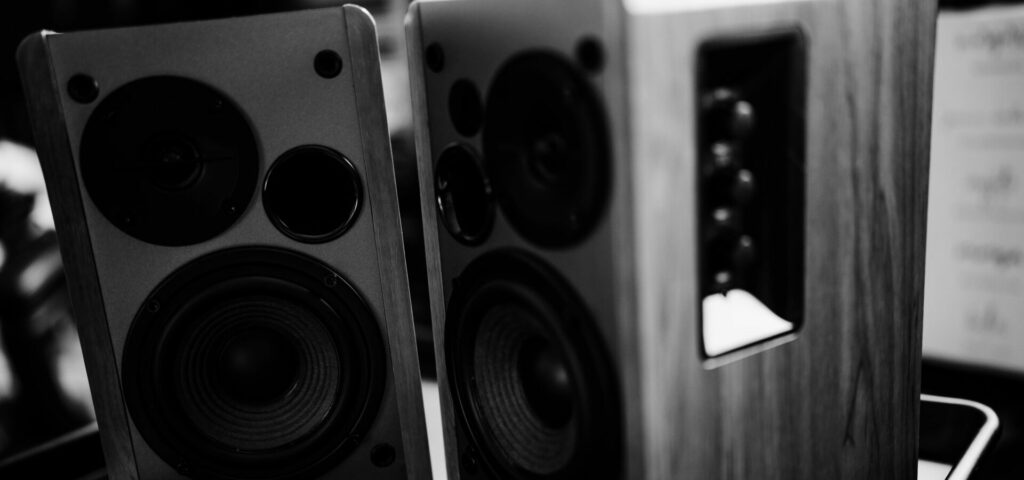
I remember being previously asked the question of if 2 bookshelf speakers could be used as a center channel.
This led me to wonder how many people might have tried to do that or something similar.
So I figured I’d answer this very question in detail to hopefully shed some light on whether it’s a good idea to do this — along with whether a dedicated center channel speaker is better for quality sound.
Let’s find out!
Can I Use 2 bookshelf Speakers as a Center Channel?
Using 1 speaker as a center channel is acceptable as 3 identical speakers in a line array can produce a more realistic result when the sound pans from one side to the other. It generally isn’t a good idea though to use 2 bookshelf speakers as a center channel since audio cancellation can occur from nulls.
The Function Of A Center Channel Speaker
Just to reiterate, a center channel speaker’s function is to reproduce a large portion of the dialogue and sound effects present in the content.
In fact, it can in some cases be tasked with up to 80 percent of the sound mix.
This makes it an extremely important component in a home theater since a good center channel speaker will immerse you in your content.
The kind of speaker you use as a center channel speaker though will depend on your listening conditions, the quality of that speaker, the type of left & right speakers you’re using with that center, and even the amount of power they have.
Equally important is the right center channel speaker placement in your home theater.
These are important things to remember — especially if you’re thinking about using a bookshelf variant as a substitute, since there are various do’s and don’ts to keep in mind.
Using 1 Bookshelf Speaker As a Center Channel Speaker
So is it a good idea to use a single bookshelf speaker as a center channel speaker?
Yes if you don’t have a dedicated center, using a bookshelf speaker of the same model is perfectly acceptable.
In fact some audio professionals and even Dolby Labs use this configuration for their audio.
The biggest between the two is that traditional center speakers will have two mid drivers and a tweeter.
Whereas a single bookshelf speaker will typically have one.
This can have implications as far as the reproduction of certain frequency ranges, but even that’s dependent on the exact equipment you have.
If you do use one in this manner, it’s highly recommended that it tonally matches the other 2 front speakers to maintain a cohesive soundstage.
This integration is known as timbre matching
It’s particularly important that the speakers are of a similar make and model to uphold seamless audio quality.
Otherwise that sense of immersion falls apart when sounds pan from left to right.
The only reason bookshelf speakers aren’t used as often is because the horizontal orientation of center channel speakers often better accommodate for space when accounting for sufficient space in a home theater.
A vertical speaker is not practical a lot of the time since a vertically placed speaker would likely block the screen; so people simply opt for the alternative.
But surprisingly, using 3 of the same speaker for the front stage can actually work better in some cases — even offering better uniformity.
That’s not definitive though, as there’s so many factors that can influence this either way.
Ultimately you’ll have to listen for yourself to see how it sounds in your particular environment.
Where To place The Bookshelf Speaker If You Use it For The Center Channel?
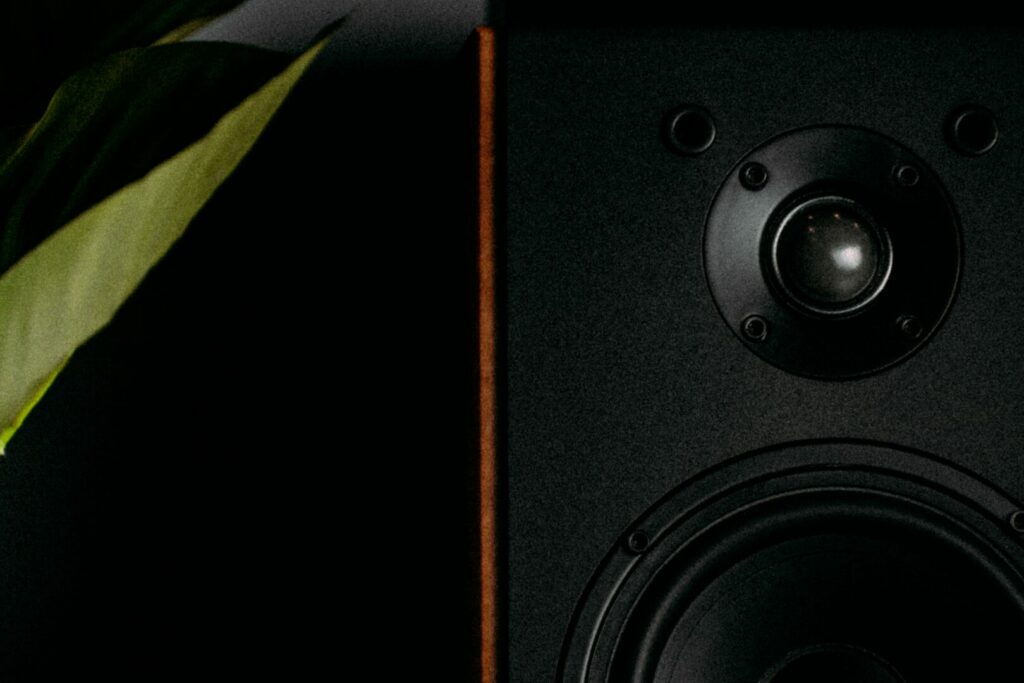
However if you do try this, don’t place the bookshelf speaker in the middle of this configuration on its side.
Not only is it not designed for that, it can also cause issues with audio quality.
This can cause the sound to seem inaccurate and inconsistent where sometimes it might sound fine where other times it might just seem off.
You want place the speaker right side up and as even with the L&R speakers as possible without blocking the screen.
More specifically, the reason why center channel speakers can be placed sideways while bookshelf speakers can’t has to do with their very design.
When you place a speaker sideways that only has 1 driver and 1 tweeter, the sound dispersion gets shifted causing peaks and dips in volume, problems with the crossover, etc.
This basically causes problems with the resulting audio quality.
You can technically aim the tweeter at the listener in the sweet spot (the ideal listening area) to help mitigate this, but the problem is any listeners off axis would then experience lesser audio quality as a result.
Center speakers bypass this crossover issue common with horizontally aligned speakers by implementing a WTW (woofer, tweeter, woofer) design.
This basically allows the listeners in the middle, and off to the side, to experience the same high quality audio by dispersing sound evenly around the room.
So long story short, while you can use a single bookshelf speaker, I would recommend leaving it standing up vertically rather than laying it down.
As a sidenote, make sure you set your speakers to small in the receiver settings rather than large.
Large is typically better suited for speakers with driver sizes of 6.25 inches and up.
Setting it to small and to 80hz ensures proper crossover with your subwoofer giving a better blending of sound across the frequency range
Using Two Bookshelf Speakers as a Center Channel
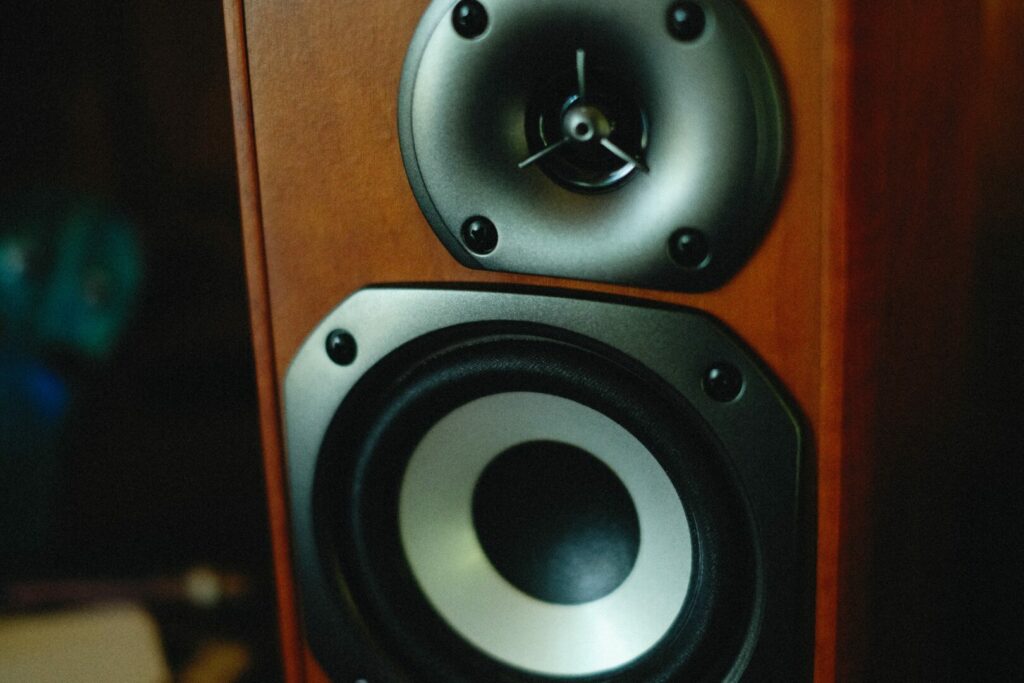
Now what about the original question, can you use 2 of them instead of just 1?
Honestly I’d advise against it.
The problem that arises when you use 2 bookshelf speakers rather than 1 is sound cancellation can occur due to what’s known as lobbing and comb filtering.
These are basically time delays in the frequency range caused from 2 drivers radiating those same exact frequencies.
Using 2 speakers for this application would simply cause issues with nulls and boundaries around the room.
Having 2 of the same speakers stacked would also only raise the the dB output by 3 at most, and would simply do more harm than good.
A single speaker would have ever so slightly less output, but would sound much better overall.
Is a Bookshelf Speaker Or Dedicated Center Channel Speaker Better?
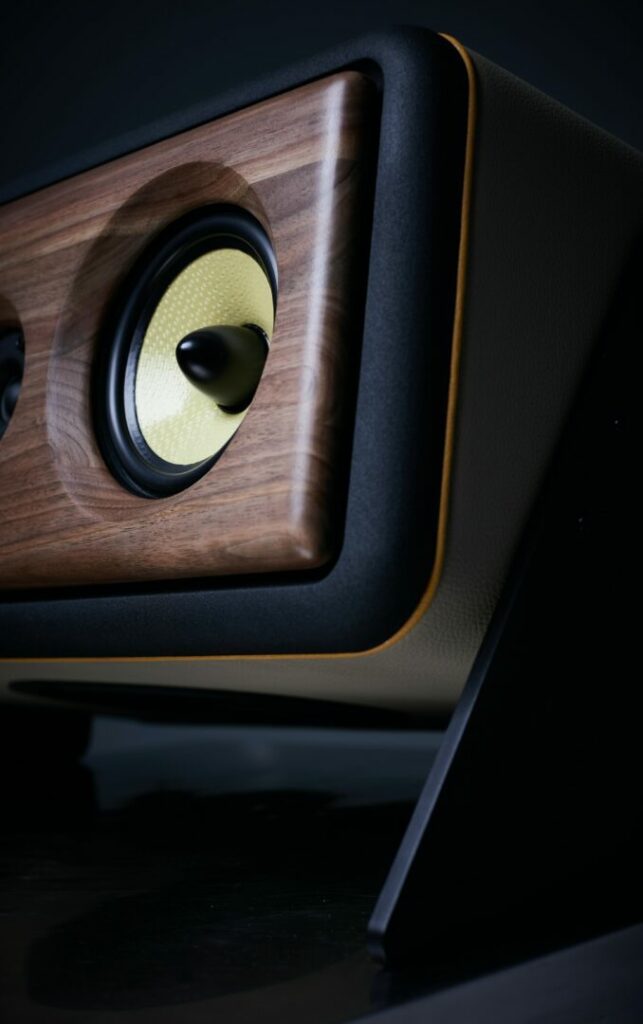
But if you have the option of both, is a dedicated center channel or a bookshelf the better choice?
Not to sound cliché but it depends.
Hypothetically speaking, because of the fact the traditional center has 2 bass drivers rather than 1, it’s likely to have better output in certain lower frequency ranges than the bookshelf will.
That’s not a guarantee since it really depends on the speaker, but since center speakers are generally bigger, they’re often capable of more.
However that sentiment changes when using floor standing speakers because in that case, there’s a decent chance that those could be better.
Using 3 of the same speaker would have the additional advantage of the most accurate timbre matching which could portray things like voices and dialogue more realistically.
But like I always say, your room type holds a massive bearing on how any of this truly shakes out.
For example in a media room that’s sound treated, the speaker would likely have a different sound than being in the average living room.
Really it’s going to be down to preference because there’s so many factors, the only way to definitively know is to test for yourself since that same speaker could sound different in 2 different rooms.
Besides depending on the room, the kind of setup you plan on doing is important too since some even opt for their center channel speaker in their ceiling when using overhead speakers, or using a center channel speaker stand for further clarity.
Some even have their center channel speaker in wall to be able to enjoy surround sound while still retaining their space.
Can You Skip Using A Center Channel Speaker All Together?
But what if you wanted to enjoy home theater without a center channel?
Could you just skip one all together and opt for a 2.1 channel setup?
Interestingly enough you actually can.
This is called running a phantom center, and what happens in this case is your mains in the front will take over and replicate the same sounds that the missing speaker would be originally tasked with.
A lot of modern receivers have this virtual center feature and balances volume between the left & right channels to provide convincing spatial imaging.
While you would lose some imaging with this particular usage of stereo sound if you sat off to the side, it wouldn’t be so bad to the point where it’s unlistenable.
The main advantage with using a dedicated physical one though is a wider sweet spot in terms of listening area.
For music it’s perfectly fine to forgo one, but for movies I would still personally recommend a center channel.
Seating and placement of front left & right speaker is still important regardless though, so here’s a calculator I created to help in that regard.
Final Thoughts

Hopefully this answers your original question regarding using 2 speakers for one center channel.
In short, it’s not a good idea, since it can cause issues with sound waves cancelling each other out.
It’s better to either simply use 1 orientated vertically, or use a traditional center channel speaker.
Anyway since that does it for this one. Until next time.
Make it easy, keep it simple.
About Me

Jay
Hey everyone it’s nice to meet you. I'm Jay, writer & founder of the site Easy Home Theater. I've been with this hobby of home entertainment for many years now. I decided to create this site to be a helpful resource, and share everything that I've learned from personal experience with you. I also happen to be a huge gamer, lover of all things tech related, and a major fitness buff (love weightlifting)
Contact: Contact Jay
Facebook: https://www.facebook.com/Easyhometheater/
X: https://x.com/easyhometheater
Pinterest: https://www.pinterest.com/easyhometheater/pins/
Instagram: https://www.instagram.com/easyhometheater/
Followit: https://follow.it/easy-home-theater
Bluesky: https://bsky.app/profile/easyhometheater.bsky.social
6 Comments so far:
-
-
Perhaps, but it’d still be the issue of ensuring proper blending with the left & right channels without things also being too diffuse too. But that’s a good point about the off axis viewer, curved centers would be pretty cool.
-
-
Hi I’m building my dream system. Just got new integra 5.4 9ch. Avr and I’m planning on using three exact speakers for L R C KLH Kendalls their flagship so am planning on laying middle Kendall on its side. And all three are going bi-amped. So what do you think? Pretty cool? Right?…
-
That’s awesome for sure, hope it sounds amazing!
-
-
Well, I think you need to confirm what your AVR will support for Ohms. 2 speakers in Parallel is will be 4 Ohms and 2 in Series will be 16 Ohms and may be out of spec for the AVR. I have an older Denon AVR-3806 that specs @ 6-8 Ohms for center Ch. I am like most people who feel the price of a center vs what you get for 2 is ridiculous soooo, what could I do?
I used 4 speakers in a series parallel circuit thereby getting back to 8 Ohms and not burning up my amp which was rather expensive for the time(2008?). Great AVR still to this day but lacks modern features I can’t justify ditching it for or the $$$$. Anywho, if you do this note freq. response of small bookshelf’s to work with a good Sub, obviously Ohm rating, and placement as Jay has stated.
Good luck,
Dave-
Really good tips, and agree that knowing what your receiver is capable of beforehand is important.
-



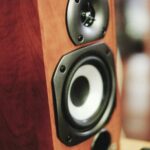



I think this would work if done properly. Stand up two bookshelf speakers and angle them outward so the sound goes in opposite directions and removes said comb filtering. I would also like to see centers curved so they have better dispersions for people sitting off axis.